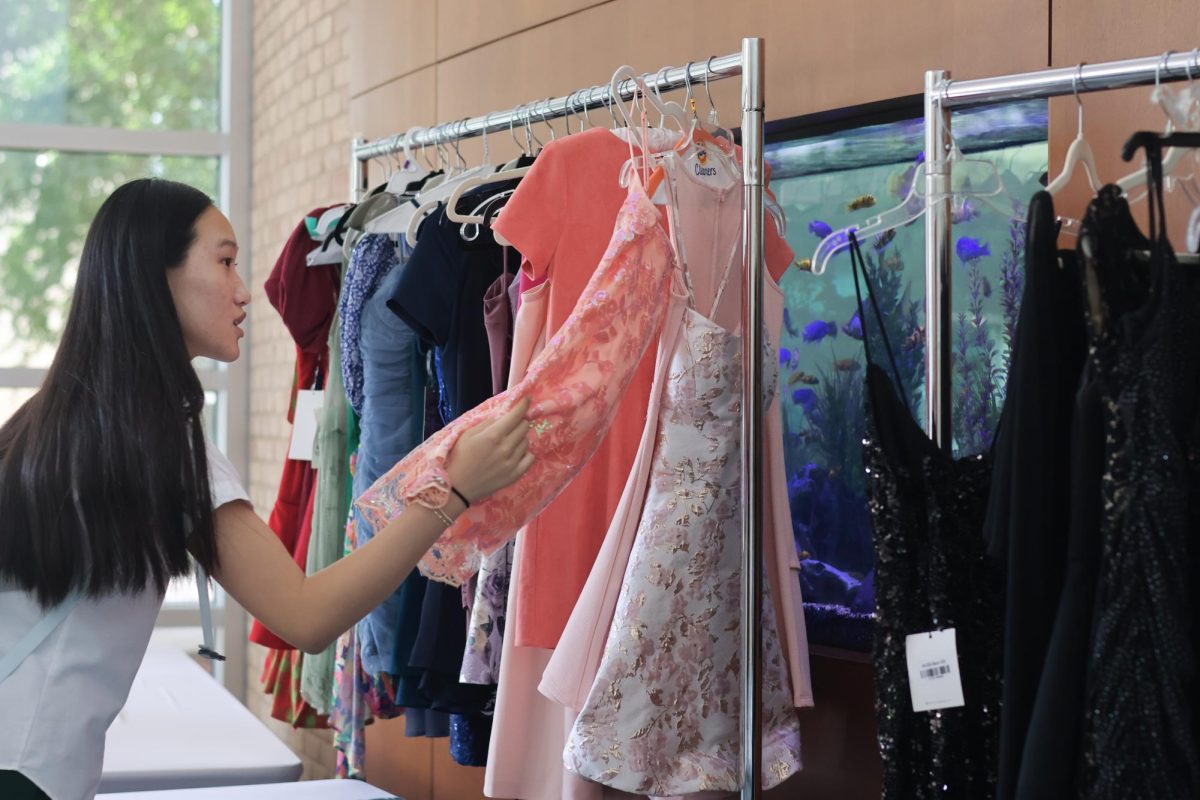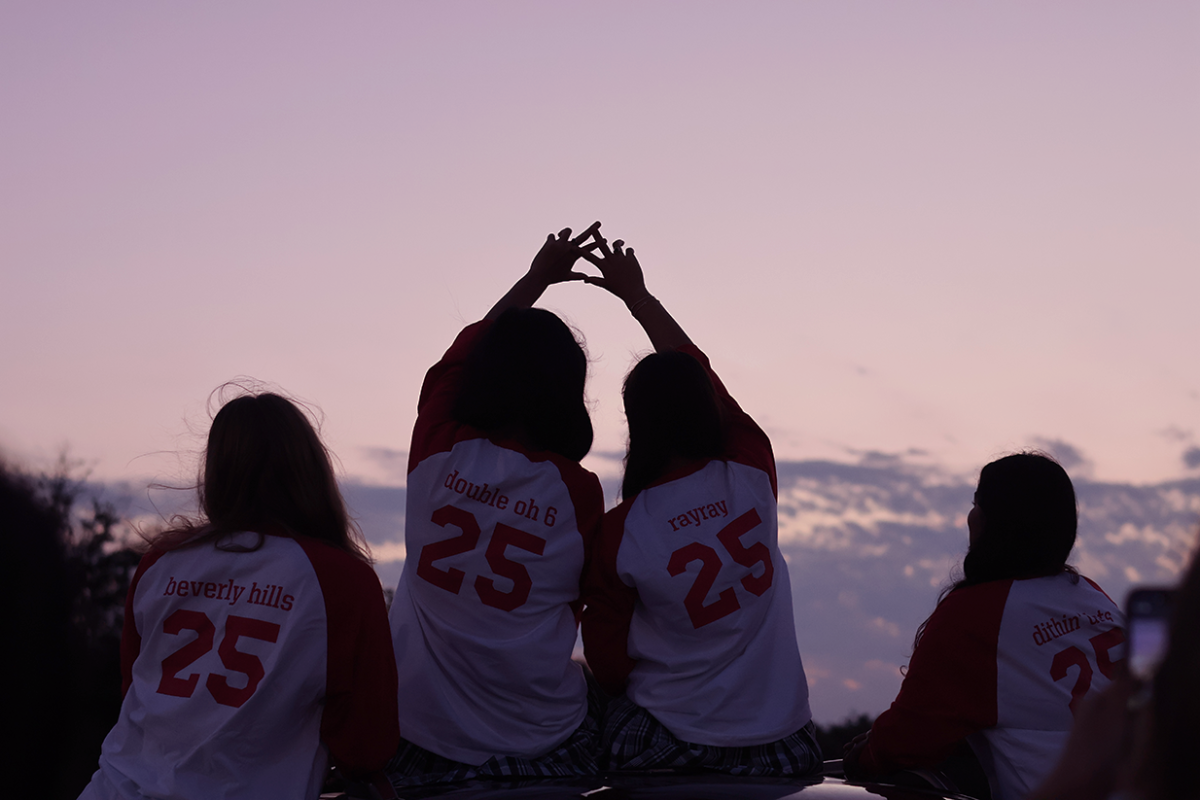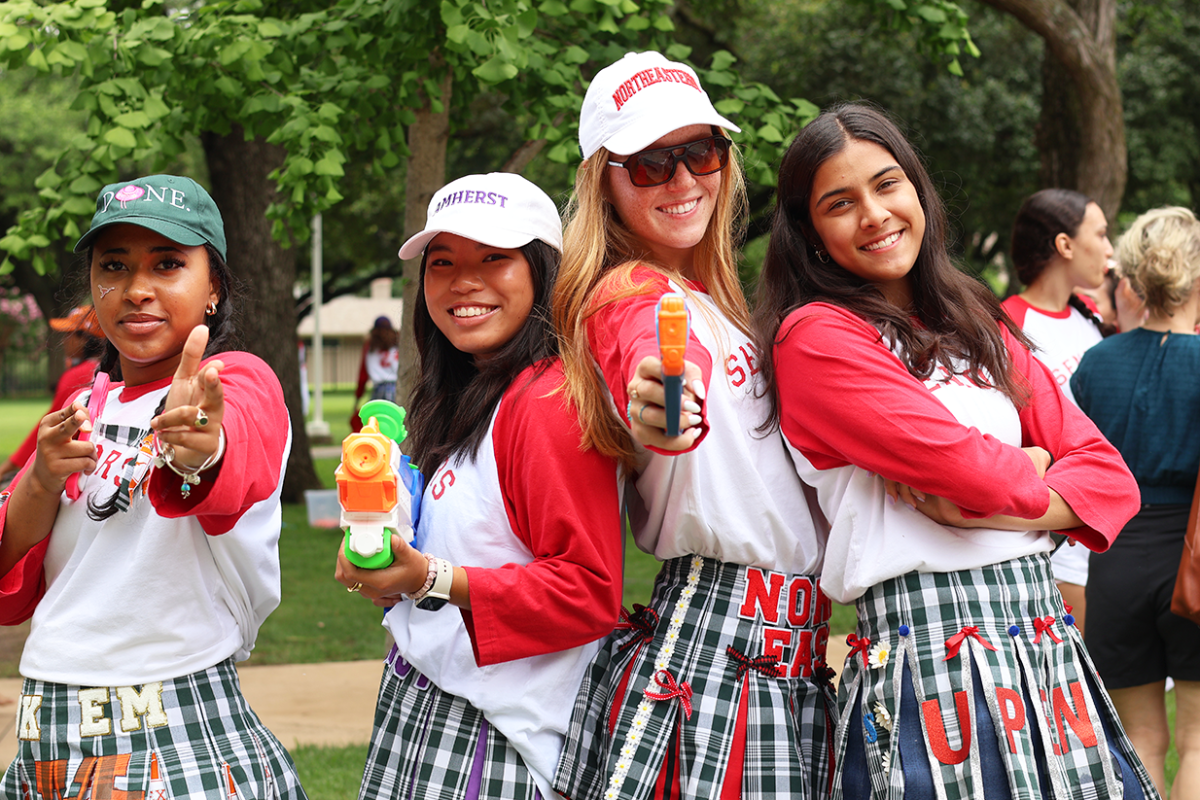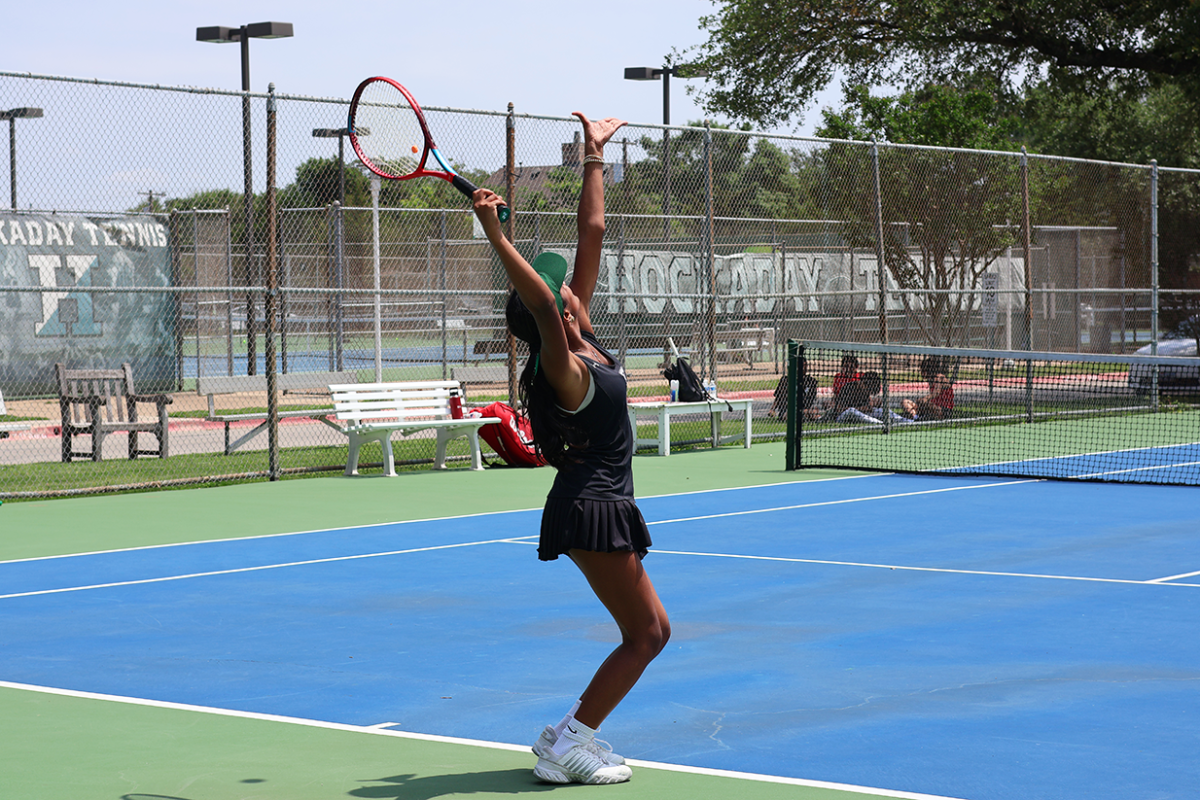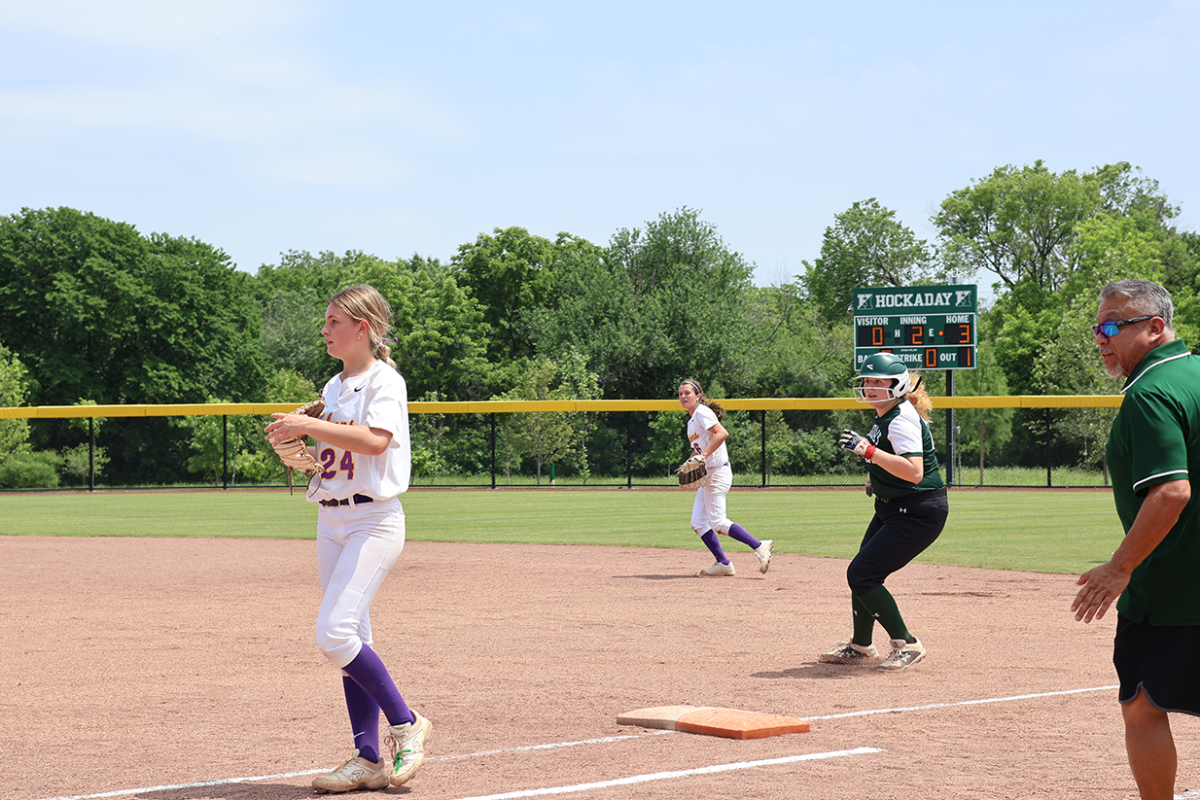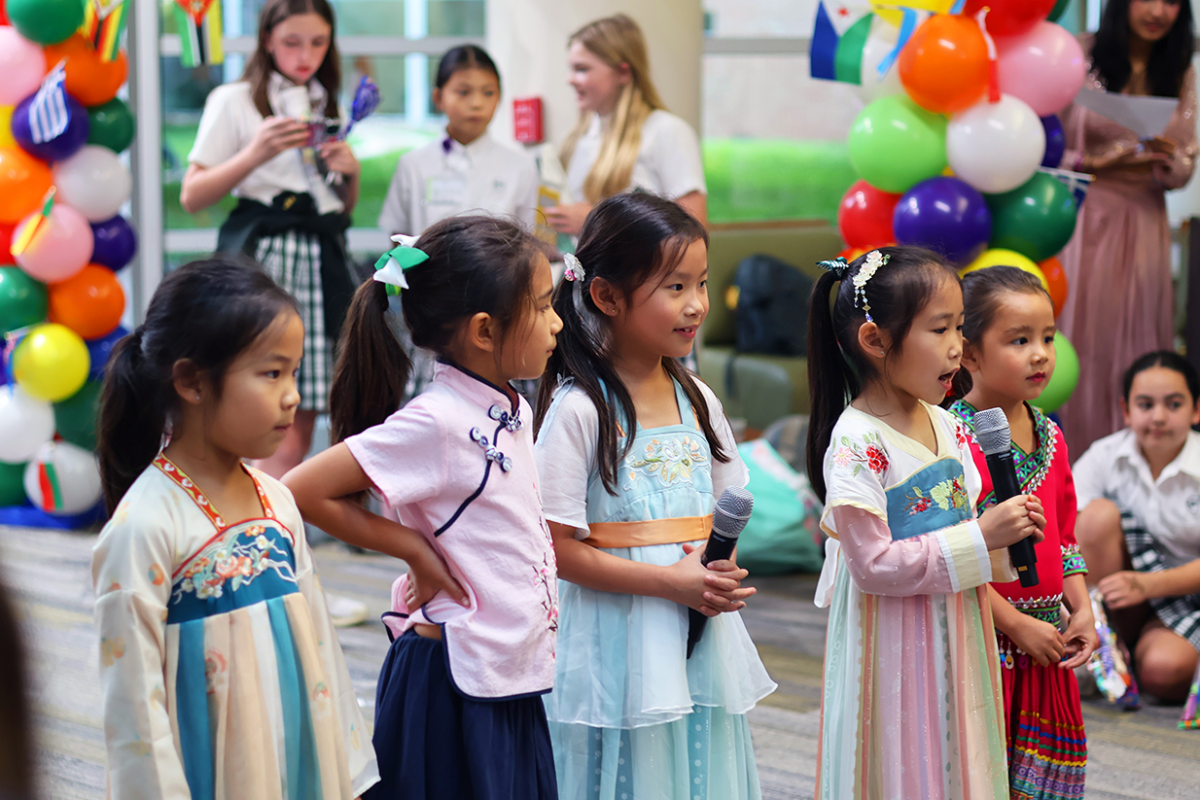The definition of heteronormativity is pretty self-explanatory–a system that is biased towards heterosexuals and promotes their “choices” as normal and healthy. This system works to normalize behavior and societal expectations that are linked to the assumption of heterosexuality and an adherence to strict gender binary norms. Within these norms, people are confined to rigid gender roles, expected to be in a relationship with someone of the opposite sex and subjugated to traditional relational duties. In summary, kids are encouraged to be cis and straight.
While the idea of heteronormativity may seem vague and hard to conceptualize, once you start to recognize it, you’ll start seeing it everywhere. Warning* you might lose your chill, in its entirety.
There are the three prominent outlets through which you may notice heteronormativity.
 Double standards. Yesterday I was at a restaurant. I was sitting beside a straight couple who were on a date. She was in her late teens and her boyfriend was probably the same age. They were cuddling, kissing, groping and indulging in pretty much every form of PDA possible. I didn’t pay much attention to them and I noticed that nobody else in the restaurant did either. But about 10 minutes later, two girls walked in holding hands. There wasn’t a drastic change in the ambience but I can tell you for sure that restaurant quieted down a little and people were staring. As the girls were making their way to their table, I heard people around me whispering homophobic slurs. “Dykes,” “get a room,” “why do they have to do that in public?” Do what in public? Hold hands? Sensually touch each other in the most profound parts of their sexual awakening- their palms? This is an example of a double standard. Why are people who identify as something other than straight seen as more provocative, more disgusting, or unnatural? I’m not saying that the straight couple deserved to be ridiculed, but the reason people see a same-sex couple holding hands as more inappropriate than a heterosexual couple hooking up in public is beyond me.
Double standards. Yesterday I was at a restaurant. I was sitting beside a straight couple who were on a date. She was in her late teens and her boyfriend was probably the same age. They were cuddling, kissing, groping and indulging in pretty much every form of PDA possible. I didn’t pay much attention to them and I noticed that nobody else in the restaurant did either. But about 10 minutes later, two girls walked in holding hands. There wasn’t a drastic change in the ambience but I can tell you for sure that restaurant quieted down a little and people were staring. As the girls were making their way to their table, I heard people around me whispering homophobic slurs. “Dykes,” “get a room,” “why do they have to do that in public?” Do what in public? Hold hands? Sensually touch each other in the most profound parts of their sexual awakening- their palms? This is an example of a double standard. Why are people who identify as something other than straight seen as more provocative, more disgusting, or unnatural? I’m not saying that the straight couple deserved to be ridiculed, but the reason people see a same-sex couple holding hands as more inappropriate than a heterosexual couple hooking up in public is beyond me.
 Underrepresentation. The MOGII community is severely underrepresented in the media. When they are represented, which is about three percent of the time, they are heavily marginalized and their characters are confined to harsh stereotypes. There are many benefits to LGBT+ representation, but is especially helpful to people who are struggling with their own identity. Knowing that there is someone like you who is successful and living a happy life is great solace to anyone who feels isolated. In a society where it is considered normal to be straight, it can be nerve wracking to know that you don’t fit the standards.
Underrepresentation. The MOGII community is severely underrepresented in the media. When they are represented, which is about three percent of the time, they are heavily marginalized and their characters are confined to harsh stereotypes. There are many benefits to LGBT+ representation, but is especially helpful to people who are struggling with their own identity. Knowing that there is someone like you who is successful and living a happy life is great solace to anyone who feels isolated. In a society where it is considered normal to be straight, it can be nerve wracking to know that you don’t fit the standards.
 Cultural Obstinacy. Much like racism and sexism, heteronormativity can only be eradicated culturally rather than legislatively. A change in the law towards more acceptance is a huge step, but it’s only the first step to a completely progressive society. This past summer, the Supreme Court ruled in favor of gay marriage, which was a huge milestone for same-sex couples. Although there was a lot of initial excitement, the buzz died pretty quickly along with the twitter trend #lovewins. Love has not won yet, friends. Not to say that love never will win, but it still has to overcome so much ignorance, culturally ingrained hate, homophobia and people who just refuse change with the times.
Cultural Obstinacy. Much like racism and sexism, heteronormativity can only be eradicated culturally rather than legislatively. A change in the law towards more acceptance is a huge step, but it’s only the first step to a completely progressive society. This past summer, the Supreme Court ruled in favor of gay marriage, which was a huge milestone for same-sex couples. Although there was a lot of initial excitement, the buzz died pretty quickly along with the twitter trend #lovewins. Love has not won yet, friends. Not to say that love never will win, but it still has to overcome so much ignorance, culturally ingrained hate, homophobia and people who just refuse change with the times.
Congratulations if you made it through this! Hopefully you have gained a greater sense of the community that you live in and are inspired to do something about the traits that society defines as “normal.”
Commentaries are the expressed opinion of the author and do not necessarily reflect that of The Fourcast staff, its adviser or any member of the Hockaday community.
– Neha Dronamraju – Staff Writer –



